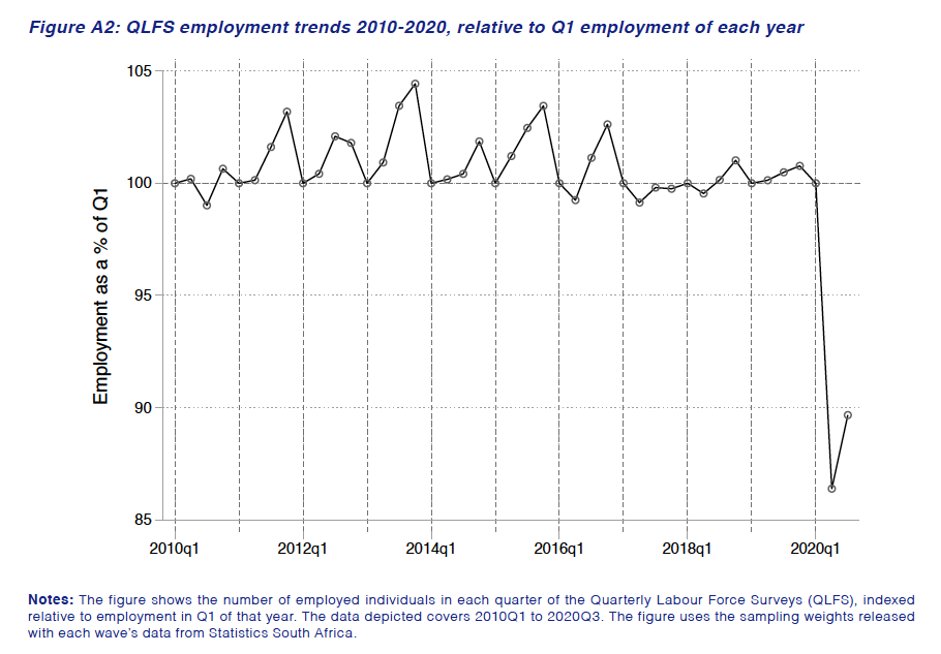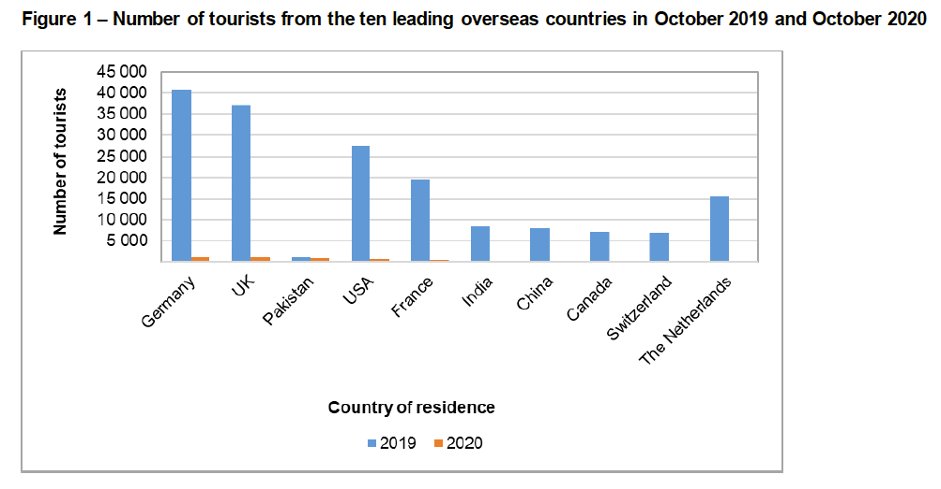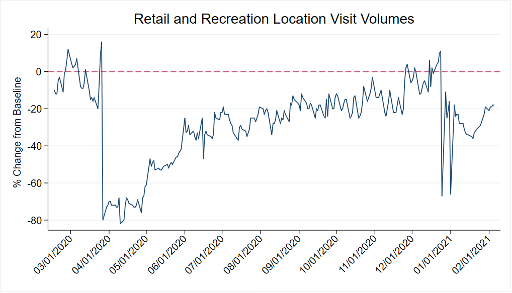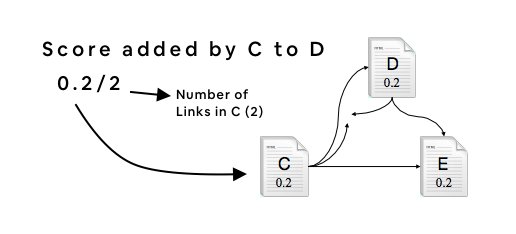Why should we be careful when talking about a “jobs bounce-back” in South Africa? - A THREAD.
You don’t get better labour market economists in South Africa than the @NIDS_CRAM team, but the main finding of an “employment bounce-back” seems counterintuitive. What’s going on? 1/n

In Oct 2020 vs. Oct 2019:
→ Retail sales down 2.3%
→ Wholesale sales down 4.6%

→ The number of tourists from overseas was almost zero
→ Income for the tourist accommodation fell 66.4% based on 54% decrease in the no of nights sold + sold at lower price
→ Food and beverage income down 39%

→ Volume of manu production down 3.9%
→ Manu sales down 0.9%
→ Capacity utilisation down.
→ Freight transport down 8.7%

→ Retail and recreation down average 16%
→ Grocery and pharmacy down average 1%
→ Transit stations down average 31%
→ Workplaces down average 18%
(Tx @EconTwitJosh for this data)

As pointed out by @IlanStrauss
More from World
The most sophisticated growth team no one talks about: @WishShopping
1. The #1 shopping app in 40+ countries
2. Rumored to often be the #1 spender on FB and Google
3. 2 million items sold daily
I sat down with @cplimon to learn about the notoriously secretive company. Read on 👇
1/ Your brand constraint is Wish's opportunity
Wish's superpower is leaving no room for taste or opinion. It's what happens when a machine builds a company based on data. The founder didn't plan to sell cheap goods to low-socioeconomic customers, but where the data took him.
"Until you work at a place like Wish, you don't know what data-driven is. Everyone else is data-driven when it's convenient, when it agrees with your opinions. Wish is great at ignoring their own emotions. It's data-driven with as much intellectual honesty as possible."
For example
2/ Differentiate by serving the under-served
Most of Wish’s initial sales came from places like Florida, greater LA county, and middle-America. Specifically, zip codes with 95% Spanish speakers. Later, Africa, Latin America and Eastern Europe (avg household income $18,000/year)
1. The #1 shopping app in 40+ countries
2. Rumored to often be the #1 spender on FB and Google
3. 2 million items sold daily
I sat down with @cplimon to learn about the notoriously secretive company. Read on 👇
1/ Your brand constraint is Wish's opportunity
Wish's superpower is leaving no room for taste or opinion. It's what happens when a machine builds a company based on data. The founder didn't plan to sell cheap goods to low-socioeconomic customers, but where the data took him.
"Until you work at a place like Wish, you don't know what data-driven is. Everyone else is data-driven when it's convenient, when it agrees with your opinions. Wish is great at ignoring their own emotions. It's data-driven with as much intellectual honesty as possible."
For example
cursed wish ads pic.twitter.com/eMlx4LqgKA
— big meaty claws (@leisurepIex) June 4, 2019
2/ Differentiate by serving the under-served
Most of Wish’s initial sales came from places like Florida, greater LA county, and middle-America. Specifically, zip codes with 95% Spanish speakers. Later, Africa, Latin America and Eastern Europe (avg household income $18,000/year)




























